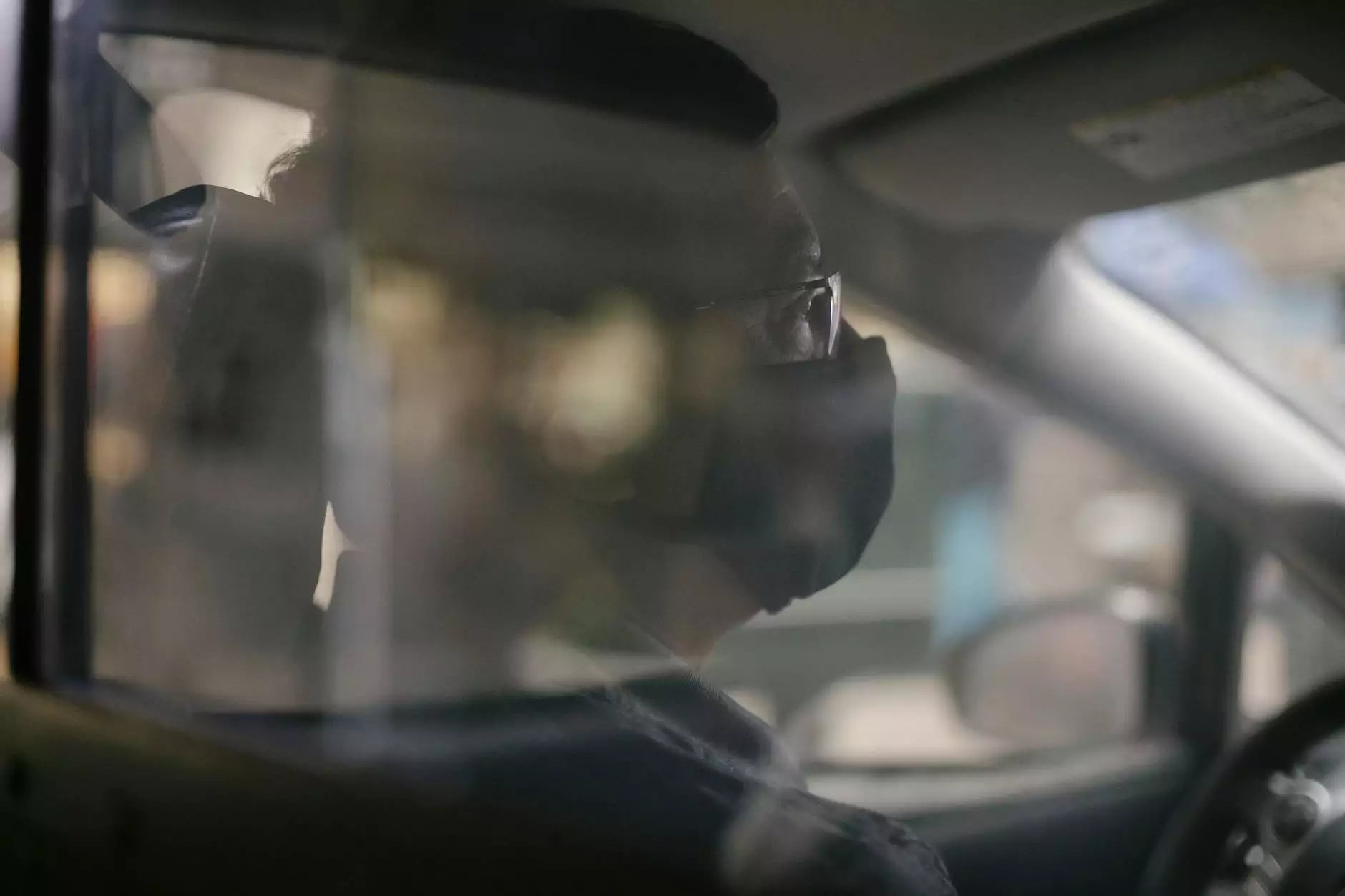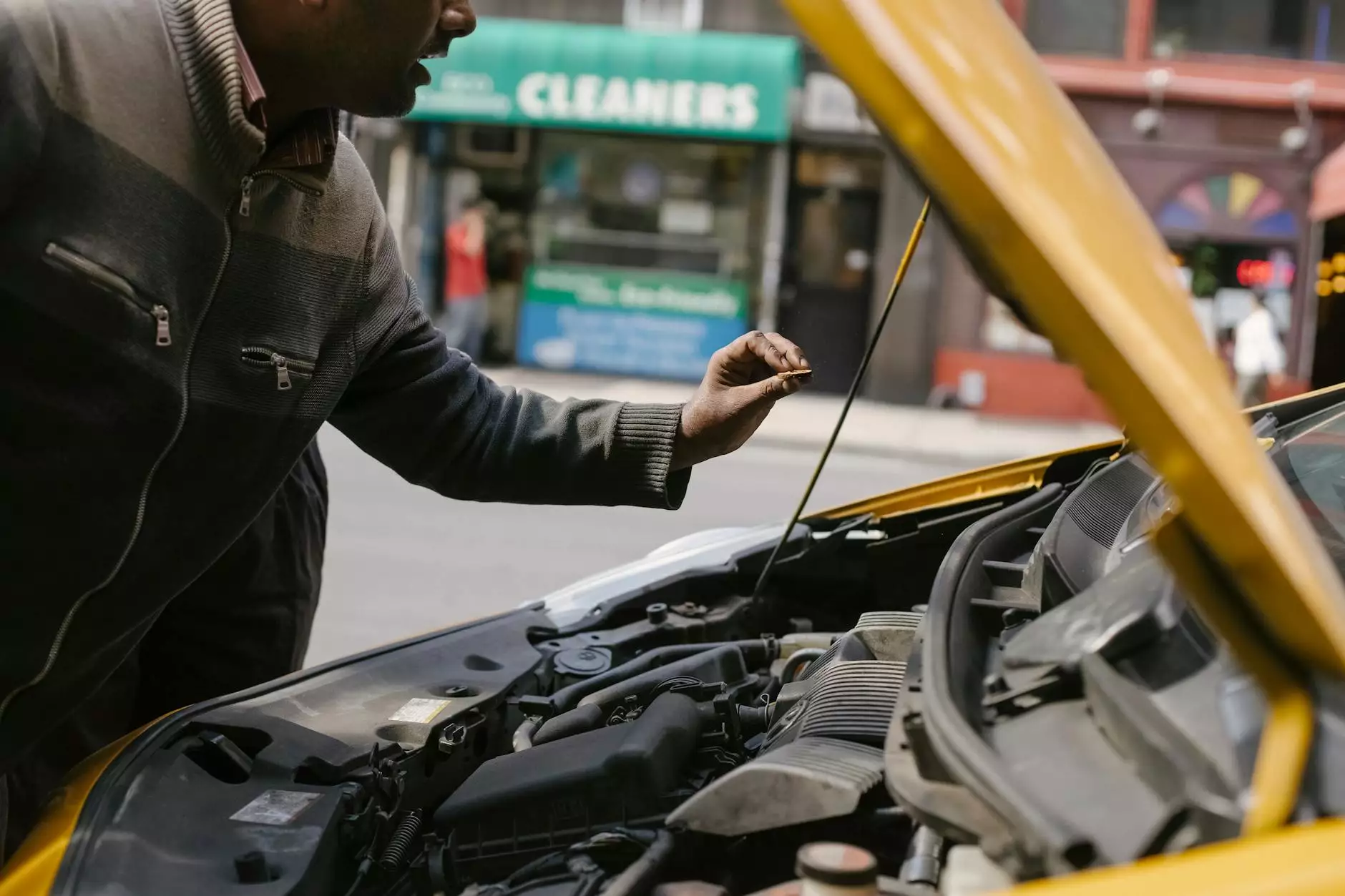What Is the Safe Distance Between Cars While Driving?

When it comes to driving, safety should always be the top priority. One crucial aspect of ensuring safety on the roads is maintaining a safe distance between cars. Whether you are driving on a highway or navigating through busy city streets, understanding the safe distance required can prevent accidents and save lives.
The Importance of Maintaining Distance
The safe distance between cars is essential because it allows for a sufficient reaction time in case of unexpected situations or emergencies. By maintaining a proper following distance, you provide yourself with ample time to react and avoid collisions with the vehicle in front of you.
When driving too closely to another car, you significantly reduce your margin for error. Any sudden changes in speed, braking, or lane changes from the leading vehicle may leave you with limited time to respond, potentially resulting in a rear-end collision.
Moreover, maintaining a safe distance also avoids the phenomenon known as "tailgating." Tailgating refers to driving too closely to the car in front, which can lead to road rage incidents and dangerous confrontations on the road. By keeping a reasonable distance, you contribute to a safer and more harmonious driving experience for everyone.
The Legal Implications
Driving too closely to the car in front of you not only jeopardizes safety but also carries legal consequences. Each state has specific laws regarding following distances, often referred to as "assured clear distance ahead" (ACDA) laws. Violating these laws can result in penalties, fines, and even points on your driving record.
In many states, failing to maintain a safe distance between cars is considered a traffic offense and may lead to a citation or a ticket. The severity of the penalty varies depending on the circumstances, such as the speed at which you are driving and the proximity to the leading vehicle.
If you are involved in a rear-end collision and found to be at fault due to not maintaining a safe distance, you may be held liable for the damages and injuries caused. This can result in expensive lawsuits and potential increases in your insurance premiums.
Tips for Determining the Safe Distance
Although there may not be an exact measurement for the safe distance between cars, the general rule of thumb is to maintain a minimum of three seconds of following distance. This means that when the car in front passes a stationary object, you should be able to count "one thousand one, one thousand two, one thousand three" before your car reaches the same point.
However, keep in mind that this is a minimum estimate, and certain conditions may require increased following distances. In adverse weather conditions, such as rain, snow, or fog, it is crucial to extend your following distance to allow for adequate stopping time.
Other factors, such as the speed of the vehicles involved, the type of road, and traffic congestion, should also be taken into consideration. Adjust your following distance accordingly to ensure a safe driving experience for yourself and others on the road.
In Conclusion
Maintaining a safe distance between cars while driving is an essential aspect of road safety. By allowing for sufficient reaction time, you decrease the likelihood of accidents and increase the overall well-being of all road users.
If you find yourself facing legal issues related to failure in maintaining a safe distance or need legal advice on any driving-related matters, James D Jones is here to help. As an esteemed attorney specializing in law and government within the legal category, James D Jones is dedicated to providing expert legal counsel and ensuring your rights are protected.
Remember, safe driving starts with you. Stay alert, maintain a safe distance, and prioritize the safety of yourself and others on the road.










